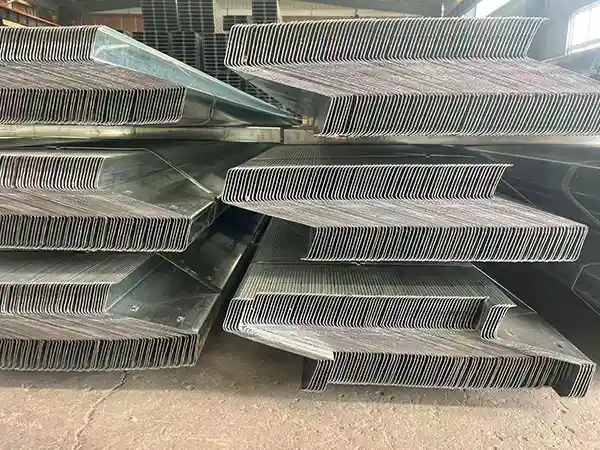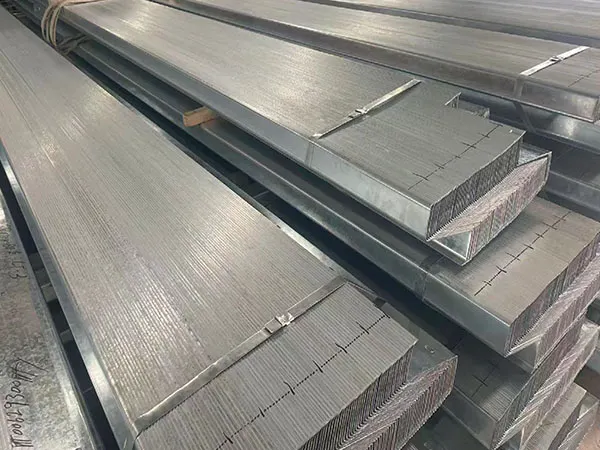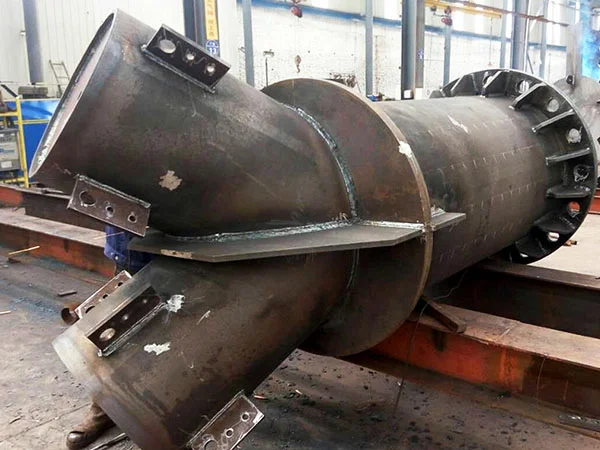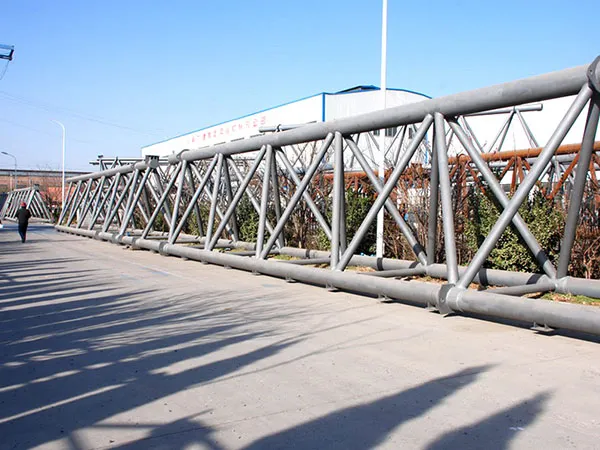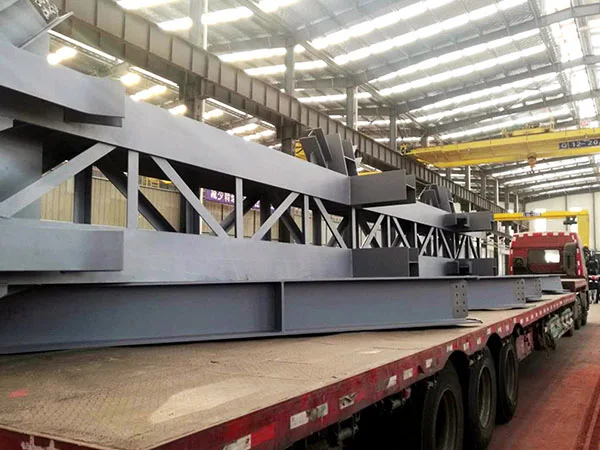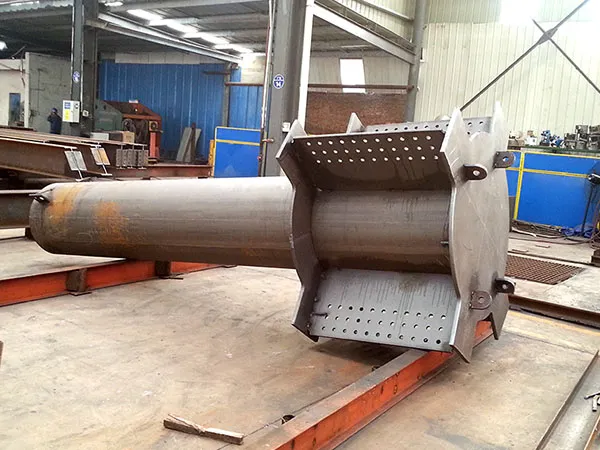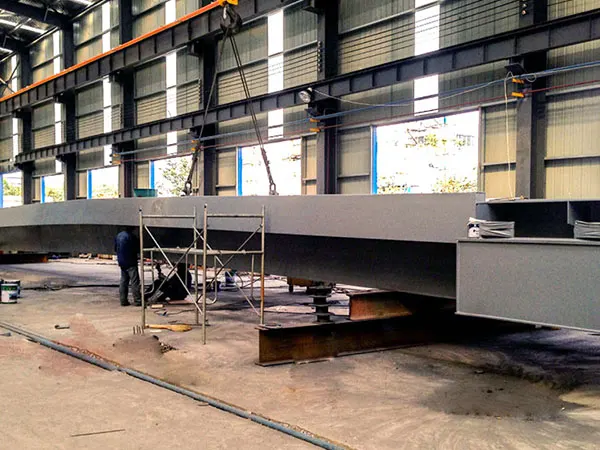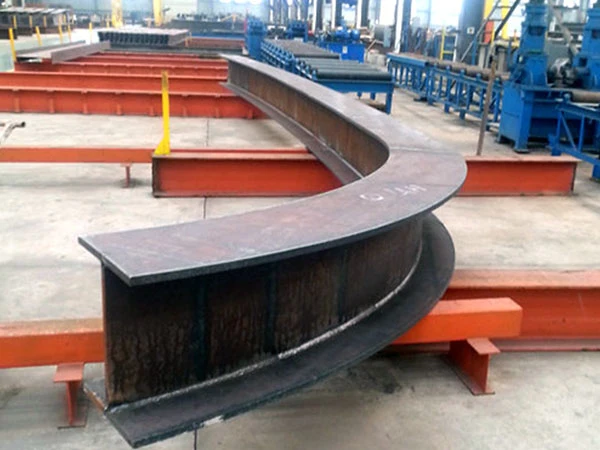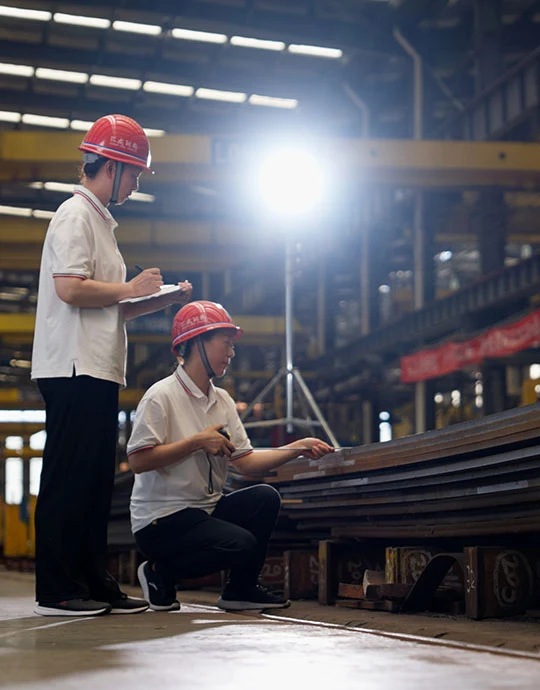Regular Inspections
The foundation of any maintenance plan is a schedule of regular inspections. These should be conducted at least bi-annually and after any severe weather events. Inspections should cover all parts of the structure, especially connection points and areas exposed to moisture.
Visual Inspection: Look for signs of corrosion (rust spots, flaking), cracked or peeling paint, loose bolts, or weld defects. Pay close attention to joints, seams, and areas where water can accumulate.
Non-Destructive Testing (NDT): For critical structures or when visual signs aren't conclusive, specialized tests are used to check the internal integrity of the steel. These include ultrasonic testing to detect internal flaws and magnetic particle testing to find surface cracks.
Drainage and Ventilation: Check that gutters, downspouts, and drainage systems are clear and functioning properly. Ensure there is adequate ventilation in enclosed spaces to prevent moisture buildup, which can lead to condensation and rust.
Corrosion Protection
Corrosion is the most common form of deterioration for steel. Proactive measures are the most effective way to combat it.
Protective Coatings: Applying a protective coating system is the most common method. This typically involves several layers: a primer to promote adhesion and provide a base layer of corrosion resistance, and a topcoat for weather resistance and aesthetic finish.
Galvanization: This process involves coating the steel with a layer of zinc, either through hot-dip galvanization or electroplating. The zinc acts as a sacrificial layer, corroding before the steel and providing superior long-term protection.
Repainting and Touch-ups: Over time, coatings can get scratched or degrade. Promptly cleaning the area, preparing the surface (e.g., by sandblasting), and applying a touch-up coat prevents small defects from spreading and compromising the entire protective system.
Repair and Strengthening
When damage or deterioration is found, it must be addressed immediately to prevent further structural issues.
Repairing Connections: Loose bolts should be re-torqued to specification. Damaged or corroded bolts, nuts, and washers should be replaced with new, properly graded hardware.
Welding and Reinforcement: Cracks in welds or other members need to be repaired by certified welders. In some cases, strengthening the structure may be necessary by adding new components,such as steel plates or bracing, to increase its load-bearing capacity.
Documentation: Keeping a detailed record of all inspections, repairs, and maintenance activities is crucial. This provides a history of the structure's condition, helps in planning future maintenance, and is often required for safety and regulatory compliance.
